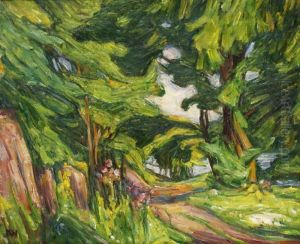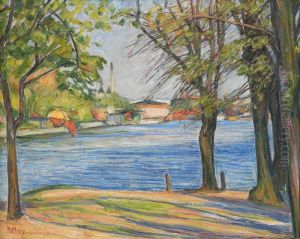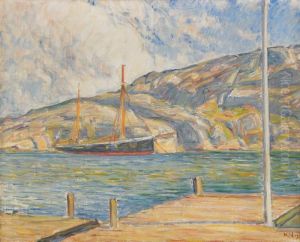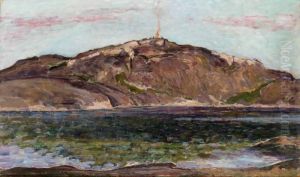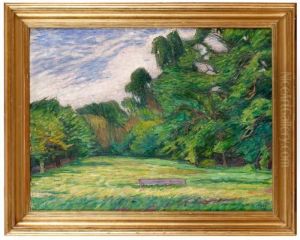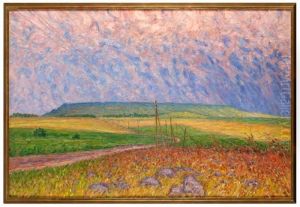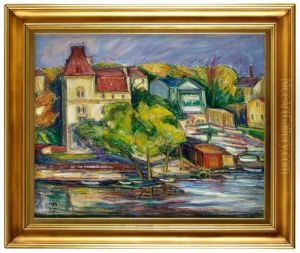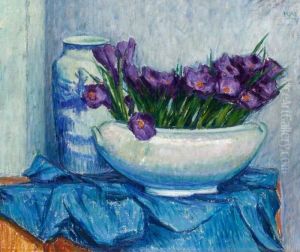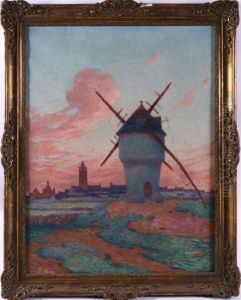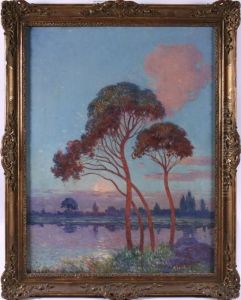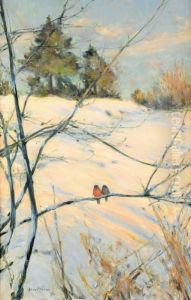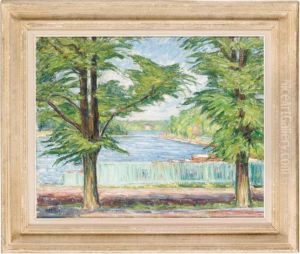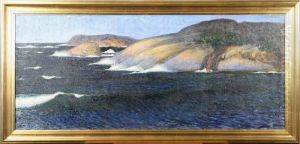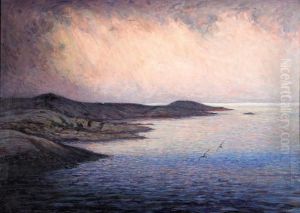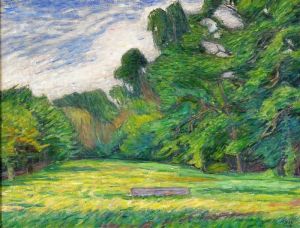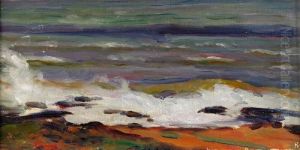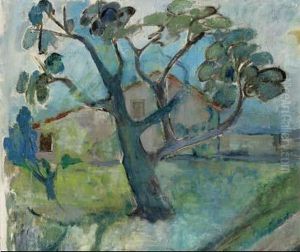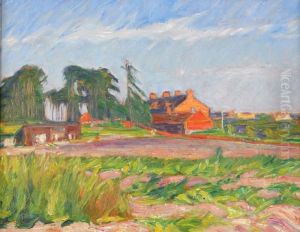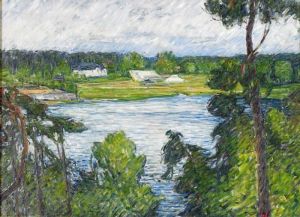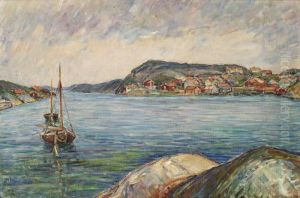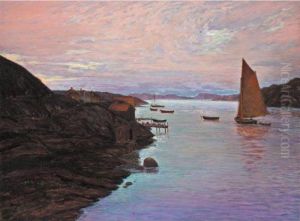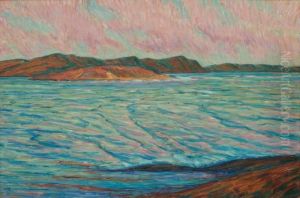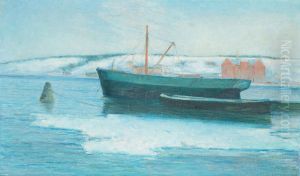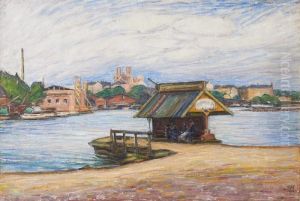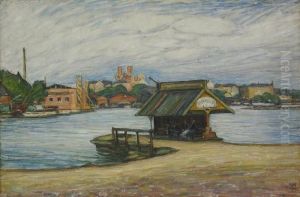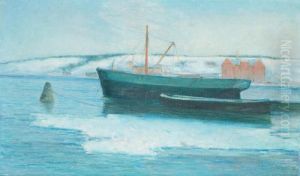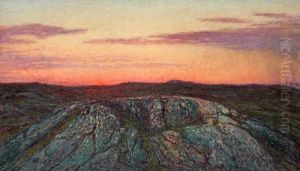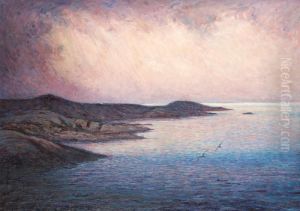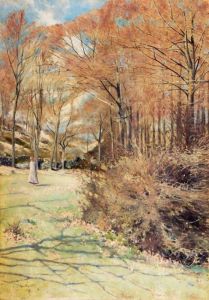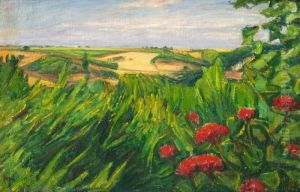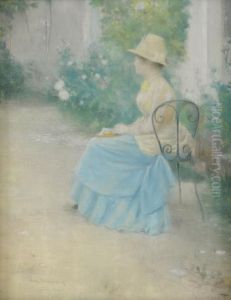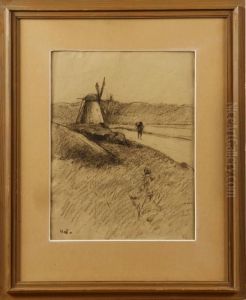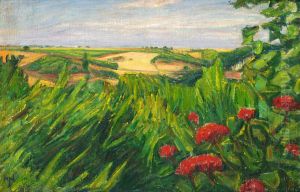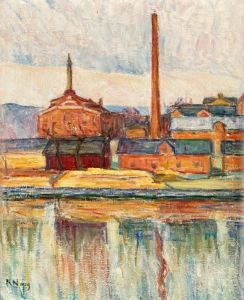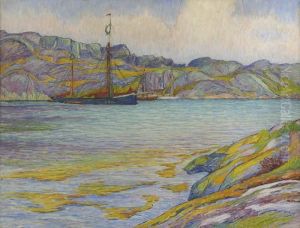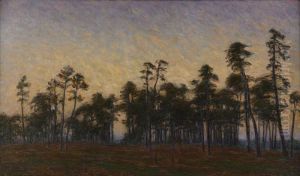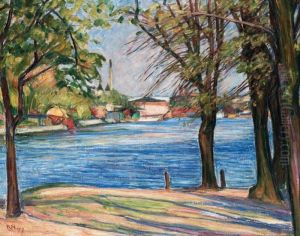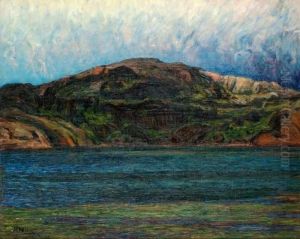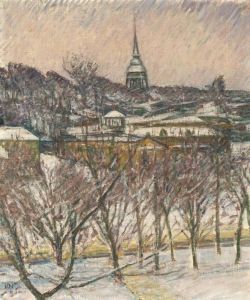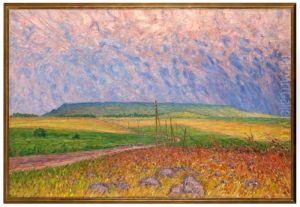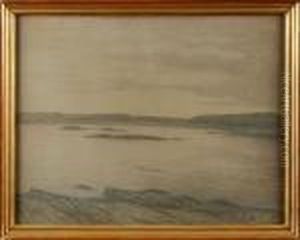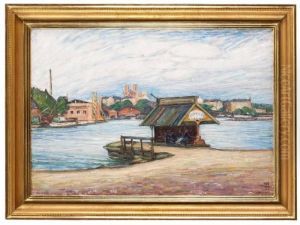Karl Fredrik Nordstrom Paintings
Karl Fredrik Nordström, born on July 11, 1855, in Tosterup, Sweden, was a notable Swedish artist, particularly recognized for his landscape paintings. His artistic journey began at the Royal Swedish Academy of Arts in Stockholm, where he studied between 1875 and 1880. During his time at the academy, Nordström was heavily influenced by the traditional academic painting style. However, his style underwent a significant transformation after he encountered the works of the French Impressionists.
In the late 1880s, Nordström traveled to Paris, which was then the epicenter of the art world. The exposure to Impressionism had a profound impact on his work, leading him to adopt a lighter palette and a looser brushwork that aimed to capture the transient effects of light and atmosphere in his landscapes. Upon returning to Sweden, he became one of the pioneers of the Swedish Impressionist movement, also known as 'open-air painting' in Sweden.
Nordström was also a member of the Varberg School, a group of Swedish artists who worked in the small coastal town of Varberg. The group was known for their open-air painting and played a significant role in introducing Impressionist techniques to Swedish art. Nordström's works from this period are characterized by a harmonious color scheme and a sensitive interpretation of the Nordic light.
Throughout his career, Nordström exhibited his work widely, including at the World's Columbian Exposition in Chicago in 1893, where his paintings were well received. His landscapes often depicted the rugged beauty of the Bohuslän coast and the pastoral serenity of the Halland countryside, capturing the unique qualities of the Swedish landscape.
Karl Fredrik Nordström passed away on August 16, 1923, in Stockholm. His legacy is preserved through his contributions to Swedish Impressionism and his influence on subsequent generations of Swedish landscape painters. Today, his works are held in numerous museum collections, including the Nationalmuseum in Stockholm, and continue to be celebrated for their distinctive interpretation of light and nature.
